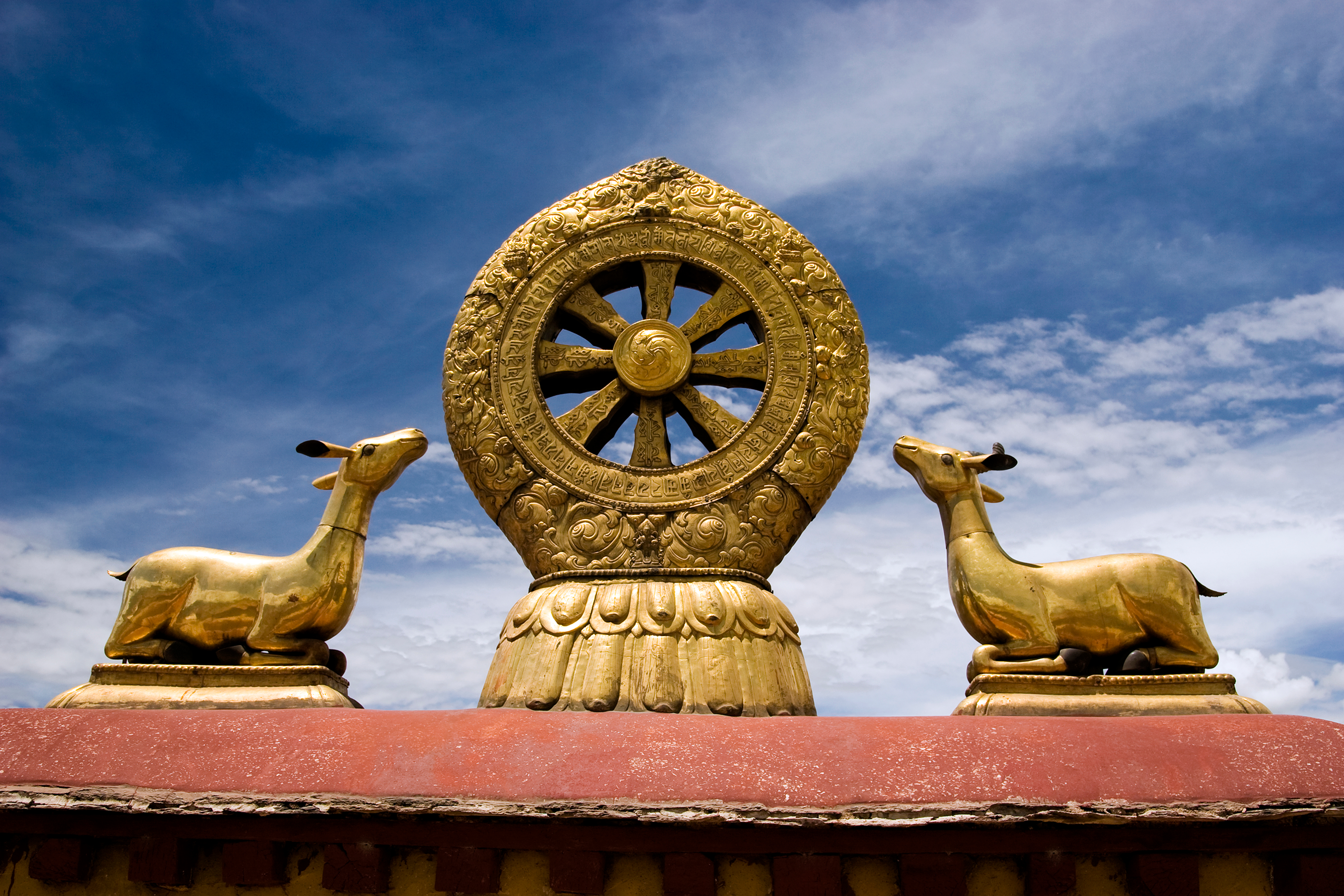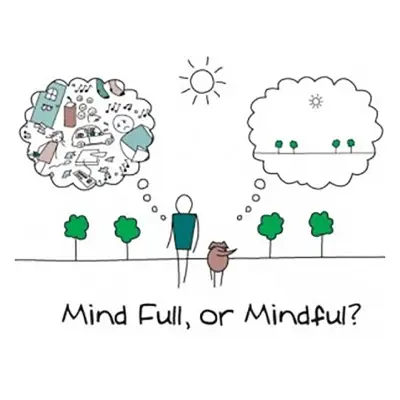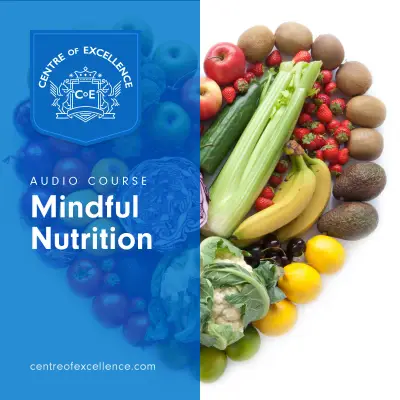If you've ever been curious about Buddhism or its symbols, you might have encountered the intriguing Wheel of Dharma. This symbol is a key to understanding Buddhism's teachings.
Whether you're exploring spirituality, seeking personal growth, or simply love learning about different cultures, the Wheel of Dharma offers insights that can resonate with anyone. Let's delve into this fascinating symbol and unravel its significance.
Jump to:
What is the Wheel of Dharma?

The Wheel of Dharma, also known as the Dharma Chakra or the Buddhist Wheel, is a representation of the teachings of Buddha. The wheel, with its circular shape, signifies the completeness and perfection of Buddha's teachings. Each part of the wheel holds a special meaning, reflecting key aspects of Buddhism. It's a guide to living a life filled with wisdom and compassion.
What Did Buddha Teach About the Dharma Wheel?
Buddha's teachings about the Dharma Wheel revolve around impermanence and the cycle of life, death, and rebirth, known as Samsara. He taught that following the Noble Eightfold Path can lead one out of this cycle into Nirvana, a state of ultimate peace and freedom from suffering.
The Eight Spokes of the Dharma Wheel

At the heart of the Wheel of Dharma are its eight spokes. These spokes represent the Noble Eightfold Path, a central teaching of Buddhism that guides individuals towards spiritual awakening and liberation. The eight spokes are:
1. Right Understanding
The first spoke, Right Understanding, sets the foundation for the entire path. It involves gaining a deep and accurate comprehension of the Four Noble Truths, which are the truths about suffering, its origins, its cessation, and the path to its cessation.
2. Right Thought
Right Thought is the second spoke, emphasising the importance of wholesome and pure thoughts. It encourages you to let go of harmful thoughts, developing a mindset of kindness, compassion, and goodwill towards all beings.
3. Right Speech
Right Speech underscores the significance of mindful communication. It encourages truthful, kind, and helpful speech while avoiding falsehood, harshness, and gossip. Right Speech promotes harmony and understanding in all interactions.
4. Right Action
The fourth spoke, Right Action, extends the principles of ethical conduct into your physical actions. It encourages people to refrain from harmful actions such as killing, stealing, and causing harm to others. Right Action promotes a life of integrity and moral responsibility.
5. Right Livelihood
Right Livelihood is the fifth spoke and focuses on the ethical dimension of your work and livelihood. It advises people to engage in professions and occupations that don’t harm others or contribute to suffering. Right Livelihood aligns your daily activities with the principles of compassion and non-harming.
6. Right Effort
The sixth spoke, Right Effort, emphasises the importance of diligence and commitment on the spiritual path. It encourages you to overcome unwholesome qualities and nurture wholesome ones, driving you to transformation.
7. Right Mindfulness
Right Mindfulness, the seventh spoke, is the practice of being fully present in the moment with clear awareness. It involves observing thoughts, feelings, and sensations without attachment or judgment. Right Mindfulness cultivates inner peace and insight into the nature of reality.
8. Right Concentration
The eighth and final spoke, Right Concentration," refers to the practice of focused and one-pointed meditation. It involves training the mind to achieve deep states of concentration and insight.
The Three Turns of the Wheel of Dharma
Buddha's teachings evolved in stages, known as the three turns of the Wheel of Dharma. These stages reflect different aspects of his teachings:
1. The First Turn of the Wheel
The First Turn of the Wheel of Dharma opens the chapter of the Buddha's teachings. During this phase, the Buddha expounded the Four Noble Truths, a cornerstone of Buddhist philosophy. These truths serve as a compass for understanding the nature of suffering (dukkha) and the path to its cessation.
- The First Noble Truth acknowledges suffering in life, encompassing physical and mental pain, dissatisfaction, and the impermanence of all things.
- The Second Noble Truth delves into the origins of suffering, pointing to our attachment, desire, and craving as the root causes.
- The Third Noble Truth offers hope by proclaiming the possibility of liberation from suffering – a state known as Nirvana.
- The Fourth Noble Truth outlines the Noble Eightfold Path, a guide to ethical and mindful living that prevents suffering.
2. The Second Turn of the Wheel
The Second Turn of the Wheel of Dharma takes us deeper into the teachings of Buddhism. It emphasises the concept of "emptiness" (Shunyata) and the interconnectedness of all things. Here, the Buddha introduces the idea that nothing exists independently, and all phenomena are interdependent and devoid of inherent existence.
In this phase, the Buddha's teachings expanded beyond the individual's quest for liberation and began exploring the nature of reality. Emptiness is simply an insight into the interconnected and impermanent nature of all things. It invites us to look beyond the surface of reality and perceive the deeper interplay of causes and conditions that shape our world.
3. The Third Turn of the Wheel
The Third Turn of the Wheel of Dharma delves into the nature of consciousness and ultimate reality. This phase is closely associated with Tibetan Buddhism and the concept that every being possesses the potential for enlightenment, known as Buddha-nature.
Here, the teachings shift towards an exploration of consciousness, emphasising the purity and luminosity of the mind. It teaches that everyone can realise their true nature and attain Buddhahood. This phase reinforces the idea that enlightenment is not reserved for a select few but is within the reach of all.
Understanding these Three Turns of the Wheel of Dharma provides a comprehensive view of the evolution of Buddhist thought. It showcases the Buddha's ability to adapt his teachings to address various aspects of human existence, from understanding suffering to contemplating the nature of reality and the potential for enlightenment within each of us.
Applying the Dharma Wheel to Daily Life

Using the Dharma Wheel in daily life means applying the principles of the Noble Eightfold Path. It's about making ethical, kind, and mindful choices, leading to a life of balance and harmony. Here are some ways you can do this:
- Cultivate Right Understanding: Reflect on the nature of suffering and its causes, and deepen your understanding of the Four Noble Truths.
- Nurture Right Thought: Practice mindfulness, develop positive thoughts, and replace negative ones consciously.
- Embrace Right Speech: Prioritise truthful, kind, and helpful communication, and avoid gossip and harsh language.
- Engage in Right Action: Live ethically, perform acts of kindness, and refrain from harming others.
- Follow Right Livelihood: Choose an occupation aligned with ethical principles and well-being.
- Exert Right Effort: Set goals for self-improvement, break negative habits, and face challenges with determination.
- Practice Right Mindfulness: Develop awareness through meditation, be present in daily activities, and observe thoughts without judgment.
- Cultivate Right Concentration: Deepen concentration through meditation, explore various techniques, and maintain a regular practice.
- Self-Reflection and Personal Growth: Assess actions, keep a journal, and seek guidance for personal development.
- Aligning with Your Highest Values: Identify core values, ensure daily choices reflect them, and live in alignment with ethical and mindful principles.
Exploring Variations of the Dharma Wheel
The Wheel of Dharma has variations like the Tibetan Wheel of Life and the Wheel of Karma, each adding unique perspectives to the teachings of Buddhism. These variations help you understand the diverse interpretations and practices within Buddhism:
The Tibetan Wheel of Life
The Tibetan Wheel of Life is a complex representation of the Buddhist concept of Samsara. It's a visual map of the cycle of birth, death, and rebirth, with detailed illustrations depicting various realms and experiences. This wheel serves as a reminder of the fleeting nature of life and the importance of spiritual practice.
The Wheel of Karma
The Wheel of Karma emphasises the principle of cause and effect. It teaches that actions have consequences, shaping future experiences. Understanding the Wheel of Karma encourages you to live responsibly and ethically, knowing that your actions influence your path in life.
Buddhism’s Circle of Life
For those seeking a simpler understanding, the Circle of Life Buddhism offers a more accessible approach. This interpretation focuses on the basic principles of Buddhism, making it easier for beginners to grasp the core teachings without getting overwhelmed by complex symbolism.
The Wheel of Samsara and Wheel of Reincarnation
The Wheel of Samsara and the Wheel of Reincarnation represent the continuous cycle of birth, death, and rebirth. They remind you that life is an ongoing journey of learning and transformation. Breaking free from this cycle is a central goal in Buddhism, achievable through following the Noble Eightfold Path.
Recommended for you!
Best SellersExplore Buddhism with Centre of Excellence
Now that you've gained a deeper understanding of the Buddhist Wheel of Dharma, why not take your exploration further? Centre of Excellence offers a comprehensive Buddhism Diploma Course that delves into Buddhism's rich philosophy, history, and practices. By enrolling in this course, you can take a transformative journey towards enlightenment and self-discovery.
For a limited time, you can access our Buddhism Diploma Course at a discounted price of just £29, saving you over £100!













